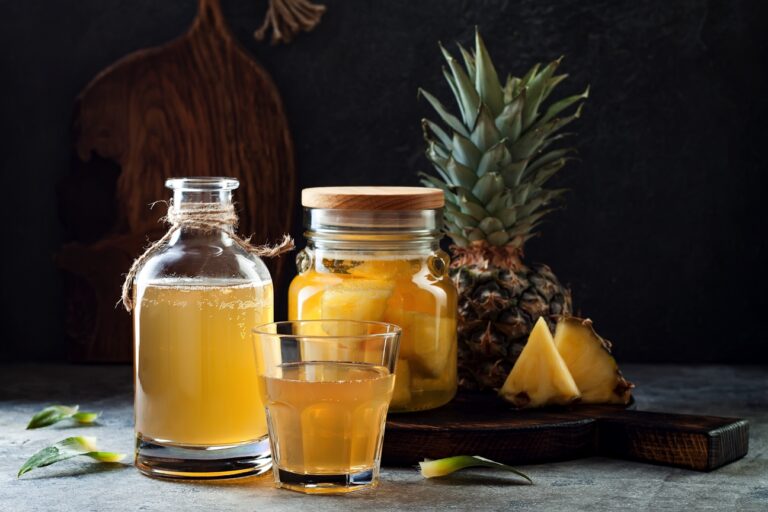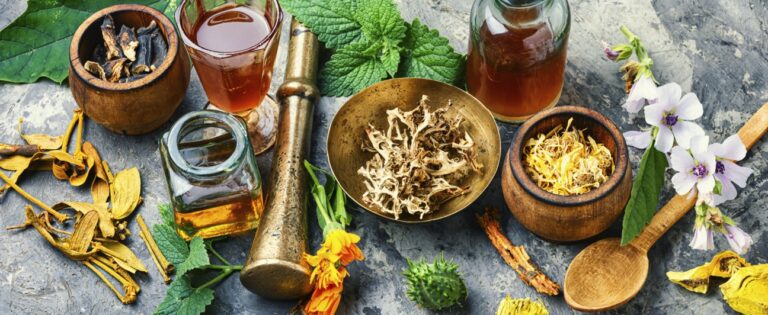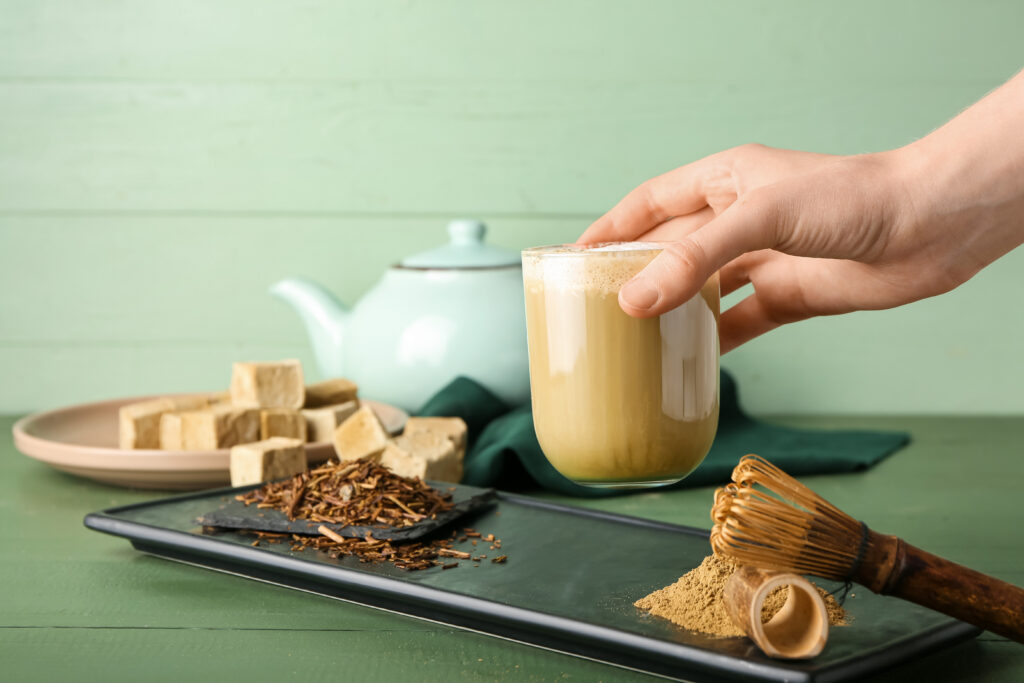
What is hojicha?
Hojicha is a type of Japanese green tea known for its unique roasted flavor and low amount of caffeine. Although it is most commonly found in Japan, it has quickly been growing in popularity across the world.
origins of hojicha
The history of hojicha tea dates back to the early 20th century, when tea makers in Kyoto, Japan, started roasting bancha (a type of Japanese green tea) over charcoal to create a new type of tea. Originally, this roasted tea was primarily consumed by the working class because of its affordability. However, over time, it became more accessible and popular among all classes of society. In the 2020s, it started to gain popularity outside of Japan as well due to its unique flavor and numerous health benefits.
What does hojicha taste like?
Hojicha has a sweet, slightly nutty flavor with caramel and cocoa notes. It also has a slight earthiness to it without any bitterness due to the roasting process.
health benefits
One of the key benefits of hojicha is its low caffeine content, making it a great alternative to coffee for those who are sensitive to caffeine. It is also rich in antioxidants and has been shown to have a calming effect on the body; a great choice for anyone looking to relax and unwind after a long day.
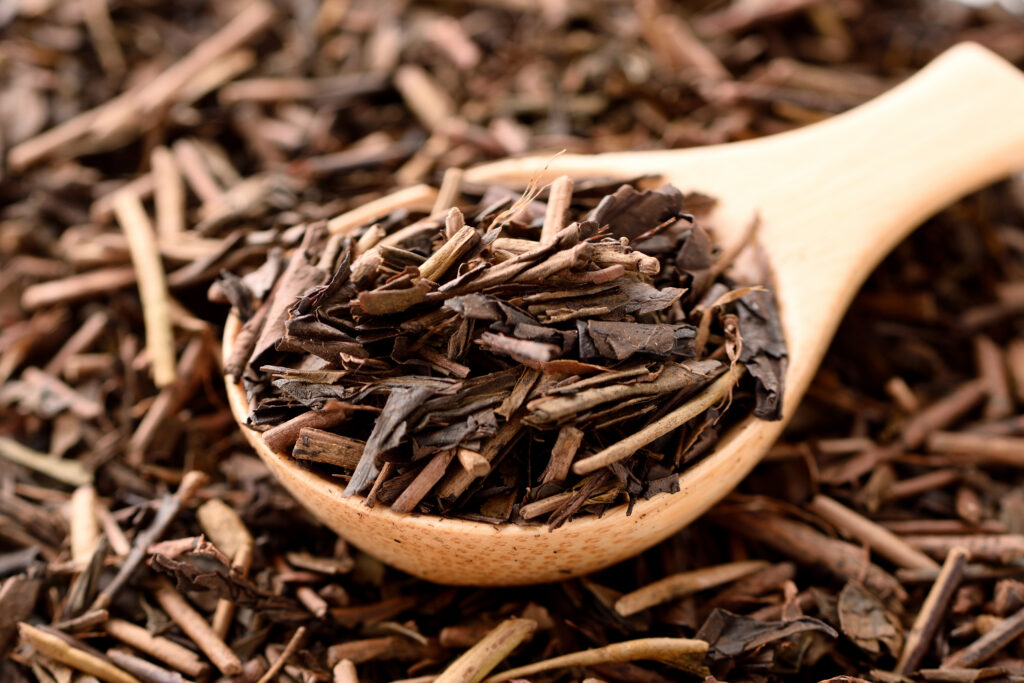
hojicha tea vs. green tea
Although hojicha and green tea come from the same plant, they differ in several ways:
- Processing: Green tea is steamed to stop oxidation, while hojicha is roasted to bring out its nutty, caramel-like flavor.
- Flavor Profile: Green tea has a fresh, grassy taste, but hojicha has a toasty, roasted flavor that is nutty and slightly sweet.
- Caffeine Content: Hojicha has a lower caffeine content compared to green tea.
- Color: Green tea is green in color and hojicha has a reddish-brown color due to the roasting process.
- Health Benefits: Both hojicha and green tea contain antioxidants and have health benefits, but the types of antioxidants and health benefits can vary depending on the specific type of tea.
As you can see, these are two distinct types of tea with different processing methods, flavor profiles, caffeine content, colors, and health benefits.
What can hojicha be used in?
In addition to its health benefits, this roasted tea is also a versatile tea that can be enjoyed in a variety of ways. It can be served as hot or iced tea and can also be used as an ingredient in recipes, such as:
- lattes
- ice cream
- cakes
- cookies
- brownies
- muffins
- and many other types of desserts and snacks.
It can also be paired with different foods, such as sushi or green tea-flavored desserts.
How to brew hojicha tea
If you’re interested in brewing the ideal cup of roasted green tea, follow the simple recipe below. Whether you are a tea aficionado or just looking to try something different, it is definitely worth a try.
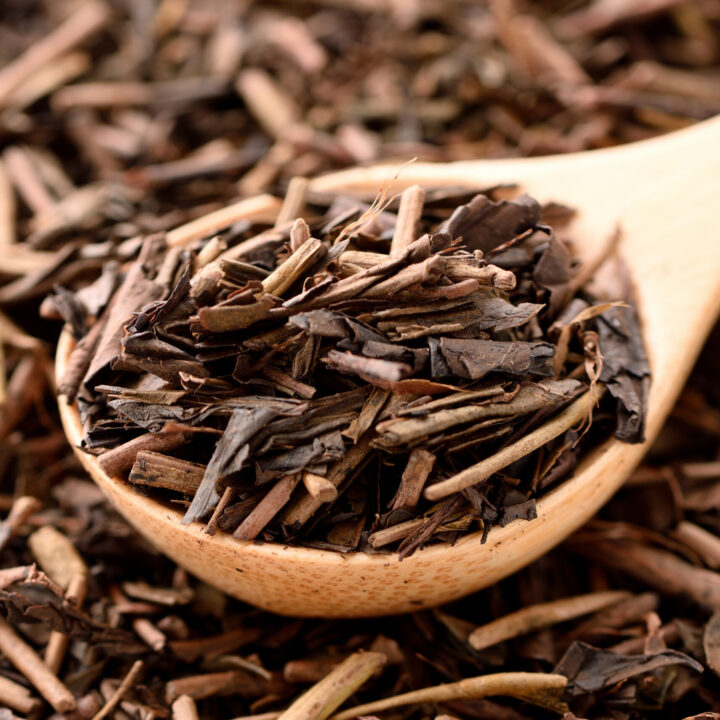
hojicha tea
How to properly brew hojicha (roasted green tea)
Ingredients
- 1 teaspoon hojicha leaves (select high-quality leaves - see instructions)
- 1 cup water
- honey or lemon (to taste - optional)
Instructions
- Start by selecting high-quality hojicha leaves, as the quality of the leaves will greatly impact the taste of your tea. Look for leaves that are a deep green color and have a strong aroma.
- Boil the water and let it cool for about 30 seconds to 1 minute to ~175°F (80°C) before pouring it over the hojicha leaves. This will help to preserve the delicate flavor of the tea.
- Steep the hojicha leaves in the hot water for 30 seconds to 1 minute. Steeping longer will yield a deeper, richer flavor.
- Strain the hojicha tea into a tea cup and enjoy!
Recommended Products
Glutto earns a tiny commission from qualifying Amazon purchases.
Did you make this recipe?
Please leave a comment on the blog or share a photo on Instagram











